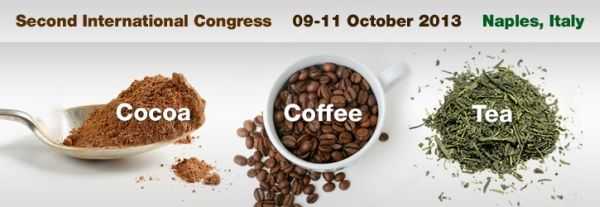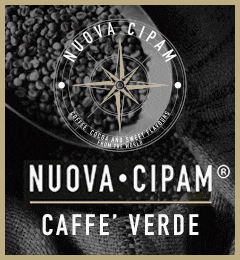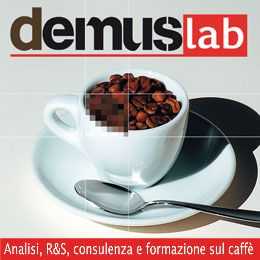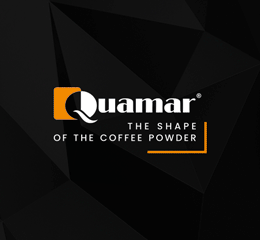Baeza G., Amigo-Benavent M., Goya L., Sarriá B., Mateos R., BravoL.Department of Metabolism and Nutrition,Institute of Food Science, Technology and Nutrition (ICTAN), Spanish National Research Council (CSIC), Madrid, Spain. E-mail: gbaeza@ictan.csic.es
Coffee is one of the beverages most widely consumed around the world, usually as beverage prepared from roasted coffee beans. However, the intake of green coffeehas increased in recent years asa healthier alternative that avoids loses ofbioactive compounds andformation oftoxic compounds during roasting [1]. Green coffee has a higher phenolic content [2],in fact its consumption has been associated with a lowerrisk of diseases of oxidative etiologysuch as cancer and cardiovascular diseases [3].
We studied the phenolic composition and antioxidant capacity of 4 green coffee beans of different geographical precedence and a commercial green coffee blend. After selecting the coffee beans with better properties, we investigatedif the corresponding green coffee polyphenolic extract (GCPE) might directly affect human hepatoma HepG2 cell integrity and steady-state values of redox status,also further evaluatingGCPE capacity to protect HepG2 cells against anoxidative cell damage induced by tert-butylhydroperoxide(t-BOOH).
These results were completed with the individual evaluation of the main constituents of phenolic [5-caffeoylquinic acid (5-CQA) and 3,5-dicaffeoylquinic acid (3,5-DQA)] and methylxanthin[caffeine (CAF)] fractions of green coffee in order to know their preventive effect against oxidative stress.
To test the direct effect,HepG2 cells were incubated independently with 1, 10 and 50 μg/mL of GCPE and 1, 10 and 20 μM of 5-CQA,3,5-DQA and CAFfor 20h. To test the protective effect against t-BOOH, HepG2 cells werepre-treated with GCPE and standards for 20hand then incubated with 400 μM t-BOOH for 3h.
Cell viability and cytotoxicity, reactive oxygen species (ROS) generation, enzymatic and non-enzymatic antioxidant defences, and lipid and protein oxidative stress biomarkers were evaluated.
The results showthat treatment of HepG2 cells with GCPE, 5-CQA, 3,5-DQA or CAF for 20h did not provokechanges on cell viability, cytotoxicity, antioxidant defences and oxidative stress biomarkers, and reduced ROSgeneration.Pre-treatment of HepG2 cells with GCPE, 5-CQA and 3,5-DQA significantly prevented cell damage as well as lipid and proteinoxidation caused by t-BOOH. Moreover,lower levels of reduced glutathione and higher levels of ROS and antioxidant enzymes produced by t-BOOH were dose-dependently recovered by pre-treatment with GCPEand the tested hydroxycinnamic acids. However, CAF did not show protective effectsagainst t-BOOH.
It is concluded that treatment with GCPE and its main polyphenols,5-CQA and 3,5-DQA, show clear protective effects against oxidative damage, adding evidences to the potential benefits of green coffee.
Funded by projects AGL2010-18269 and CSD2007-00063.
References
[1] Perrone, D. et al. Influence of coffee roasting on the incorporation of phenolic compounds into melanoidins and their relationship with antioxidant activity of the brew. J Agric Food Chem. 2012, 60, 4265-4275. [2] Alonso-Salces, RM. et al. Botanical and geographical characterization of green coffee (Coffeaarabica and Coffeacanephora): chemometric evaluation of phenolic and methylxanthine contents. J Agric Food Chem. 2009, 57, 4224- 4235
[3] Kozuma, K. et al. Antihypertensive effect of green coffee bean extract on mildly hypertension subjects. Hypertens Res. 2005, 28, 711-718













